Mineral Oil in Skincare: Is It Safe or Harmful for Your Skin and the Environment?

Mineral Oil in Skincare: Friend or Foe?
Mineral oil has been a controversial ingredient in skincare for years. Some people say it’s a safe and good moisturiser. Others believe it is old-fashioned, not useful, and can harm the skin and the environment. But what’s the truth? Should it have a place in your skincare routine, or is it time to ditch it for good?
In this article, we’ll break down:
• What mineral oil is and how it works in skincare
• The potential benefits and drawbacks for your skin
• The environmental impact of its production
• Sustainable and effective alternatives
What Is Mineral Oil?
Mineral oil is a byproduct of petroleum refining, derived from crude oil. It’s an occlusive ingredient, meaning it creates a protective barrier on the skin to lock in moisture. You’ll often find it in moisturizers, lip balms, and ointments under names like Paraffinum Liquidum, Petrolatum, or White Mineral Oil.
Cosmetic-grade mineral oil is safe and non-toxic. This is because it goes through a lot of purification for cosmetic use. Regulatory bodies like the FDA and the EU’s Scientific Committee on Consumer Safety (SCCS) support this. However, just because something is safe, does it mean it is beneficial for your skin health?
How to Recognize Mineral Oils in Cosmetics
Recognizing mineral oils is quite simple. If you find any of these terms in the ingredients list, the product contains mineral oils:
→ Mineral Oil
→ Vaseline
→ Petrolatum
→ Paraffinum Liquidum
→ Paraffinum Subliquidum
→ Cera Microcristallina
→ Microcrystalline Wax
→ Ozokerite
→ Ceresin
How Do Mineral Oils Work in Cosmetics?
Mineral oils offer several advantages for use in skincare products. They are easy to process and particularly durable. In contrast, plant-based oils in creams can easily go rancid and need additional protection, which is not the case with mineral oils. They are synthetic and have an endless shelf life. For many manufacturers, this is an important factor: mineral oils are also cost-effective.
In use, they have the advantage of causing almost no allergic reactions. This is partly because mineral oils, as products of petroleum, are foreign to our bodies. As a result, they only penetrate the upper layers of the skin. There, they create a kind of film that immediately seals the skin. This stops the skin’s water loss, and from the outside, the skin feels soft.
The challenge with them: it is a finite resource.
Is Olive Oil a Mineral Oil?
A common question people ask is whether olive oil is a mineral oil. The answer is no—olive oil is not a mineral oil. Olive oil is a plant-based oil derived from the fruit of the olive tree, whereas the other comes from petroleum. While both oils may have moisturizing properties, olive oil is much more nutritionally beneficial for the skin, as it contains essential fatty acids, antioxidants, and vitamins that petroleum-based oils lack.
Using Mineral Oil in Skincare: Does It Help or Harm?
Potential Benefits of Mineral Oil
1. Acts as an Effective Occlusive
As an occlusive agent, mineral oil prevents moisture loss, which can be particularly useful for dry skin or conditions like eczema, where maintaining hydration is crucial. Many people with dry skin find it helps in the short term, but it may not offer long-term skin health benefits.
2. Non-Irritating & Hypoallergenic
Because its molecules are larger, mineral oil doesn’t penetrate deeply into the skin, making it less likely to cause irritation or allergic reactions compared to some botanical oils. This characteristic can make it a gentler option for sensitive skin types, though it may not offer the same nourishing benefits as other natural oils.
3. Long Shelf Life & Stable Composition
Its stability ensures a long shelf life, which is why it’s favored by some manufacturers for products intended to last. However, this stability doesn’t necessarily translate into better skin results.
The Drawbacks
1. No Nutritional Value for the Skin
Unlike plant-based oils, this substance doesn’t contain essential fatty acids, vitamins, or antioxidants that help repair, nourish, or strengthen the skin barrier. It simply forms a seal on the surface—it doesn’t actively improve skin health.
2. Can Trap Dirt & Bacteria
While non-comedogenic on its own, its occlusive nature can trap impurities, potentially leading to clogged pores or breakouts, especially for acne-prone or oily skin. For those with acne concerns, lighter, non-comedogenic oils may be a better choice.
3. False Sense of Hydration
Although it locks in moisture, it doesn’t provide actual hydration. Without humectants (like glycerin or hyaluronic acid) to draw moisture in, the skin can still feel dehydrated underneath the protective layer. Many believe this ingredient hydrates, but it only creates a temporary barrier that doesn’t address the skin’s true moisture needs.
4. Outdated Compared to Modern Skincare
With the rise of more advanced, biocompatible, plant-based alternatives, petroleum-derived oils feel outdated. While they may have had their place in the past, today’s formulas offer far more nourishing, effective options.
MOSH and MOAH – New Contaminants in Mineral Oils?
There is another reason why avoiding mineral oils seems advisable. A recent study by Stiftung Warentest detected aromatic hydrocarbons in all tested products. These are abbreviated as MOAH (Mineral Oil Aromatic Hydrocarbons) and MOSH (Mineral Oil Saturated Hydrocarbons). MOSH and MOAH are pollutants that can potentially be carcinogenic, meaning they can cause cancer.
It has not yet been conclusively determined how much MOAH can penetrate the skin. However, lip balms containing mineral oil should definitely be avoided, as they are often ingested, allowing the harmful MOAH to directly enter the human body.
Is It Bad for Skin?
Many people ask, “Is mineral oil bad for skin?” It depends on your skin type and concerns. While it might be beneficial for some with extremely dry skin in need of a moisture lock, it can cause breakouts or irritation for those with sensitive or acne-prone skin. Even for those with dry skin, other options may offer better, more nourishing hydration in the long term.
The Environmental Cost
Beyond skincare concerns, this ingredient poses significant sustainability issues. Although it comes from the earth, its extraction has a much greater environmental footprint than plant-based oils.
1. Extraction Harms the Planet
Crude oil drilling often leads to deforestation, especially in regions like the Amazon and Southeast Asia. This process also leads to soil and water contamination through oil spills, harming wildlife and communities. The fossil fuel industry, from which mineral oil is derived, is a leading contributor to climate change.
2. Non-Biodegradable & Persistent Pollution
It doesn’t break down easily, which means it can accumulate in waterways and oceans, contributing to pollution and harming marine life. This makes it a major environmental concern.
3. Fossil Fuel Dependency
Relying on petroleum-based products keeps the beauty industry tethered to fossil fuels, a finite and unsustainable resource. Shifting to plant-based alternatives helps reduce this reliance and promotes more eco-friendly practices.
Sustainable Alternatives
Instead of petroleum-based products, consider natural oils and butters that hydrate, nourish, and repair the skin. Here are some great alternatives:
• 🌿 Cacay Oil – Packed with Vitamin E and Linoleic Acid, this oil hydrates and supports skin renewal.
• 🌿 Mango Butter – A rich, non-comedogenic alternative that softens and soothes the skin.
• 🌿 Squalane (from Olives or Sugarcane) – A lightweight oil that mimics the skin’s natural lipids, absorbing quickly without leaving a greasy feel.
• 🌿 Jojoba Oil – A biocompatible oil that matches the skin’s natural sebum, making it a perfect, non-greasy alternative.
• 🌿 Shea Butter – Intense hydration for dry or sensitive skin, packed with healing properties.
These oils not only form a barrier but also provide essential nutrients for long-term skin health.
Conclusion: Should It Be in Your Skincare?
At NAYA, we choose to avoid petroleum-based oils due to both skin health and environmental concerns. While they may be safe for short-term use, they are not as effective in nourishing or healing the skin as more modern, plant-based oils.
In the beauty industry’s shift toward sustainability, the question is: Why settle for something that just creates a barrier when there are nourishing, hydrating alternatives that work with your skin’s natural functions?
If you’re someone who has dry skin and finds this ingredient effective, that’s your choice. However, considering its environmental impact and the fact that better options exist, it may be time to reassess its role in your skincare routine.
At NAYA, we believe in choosing ingredients that nourish both your skin and the planet. The beauty industry has evolved, and there are far better alternatives out there—ones that truly support long-term skin health and environmental sustainability.
What are your thoughts on this ingredient? Do you prefer more sustainable, nourishing alternatives? Let us know in the comments!
References
Wikipedia – Mineral Oil
Wikipedia – Paraffin



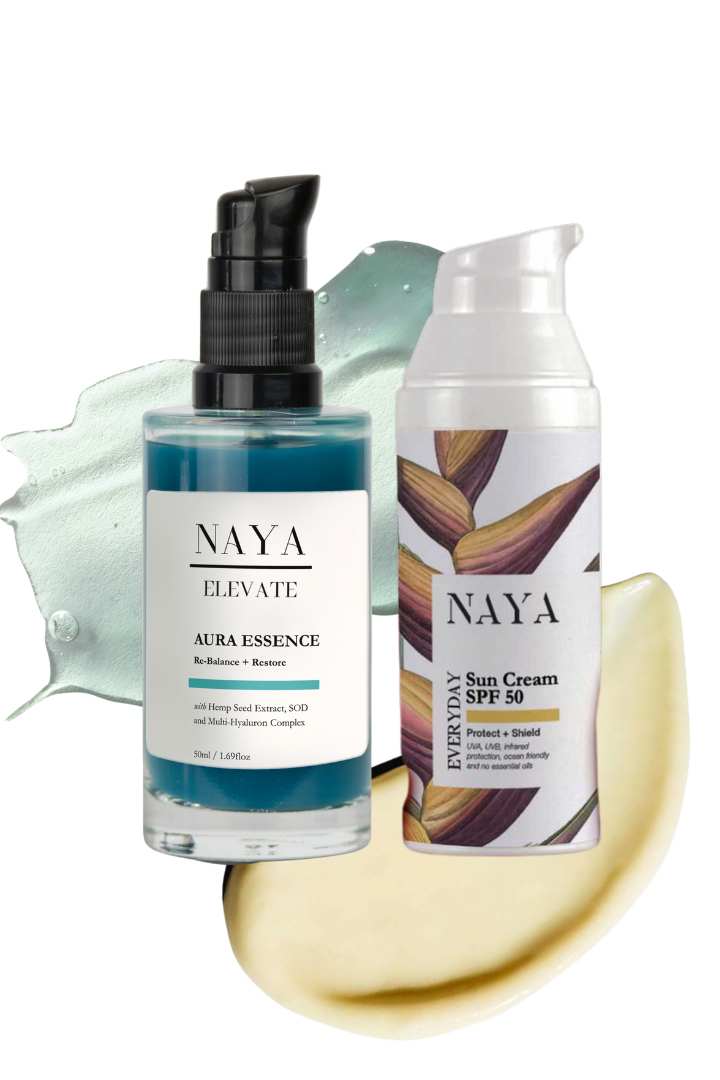

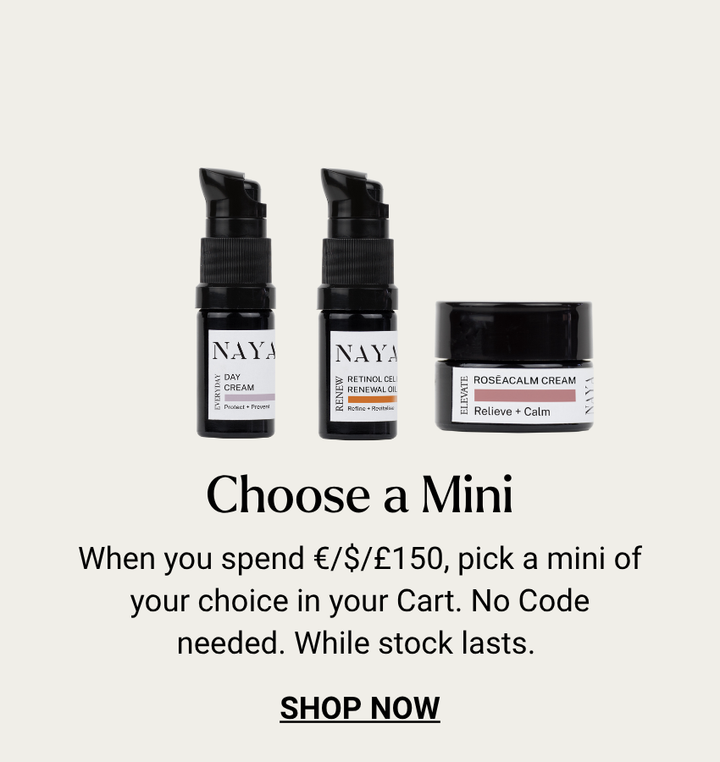
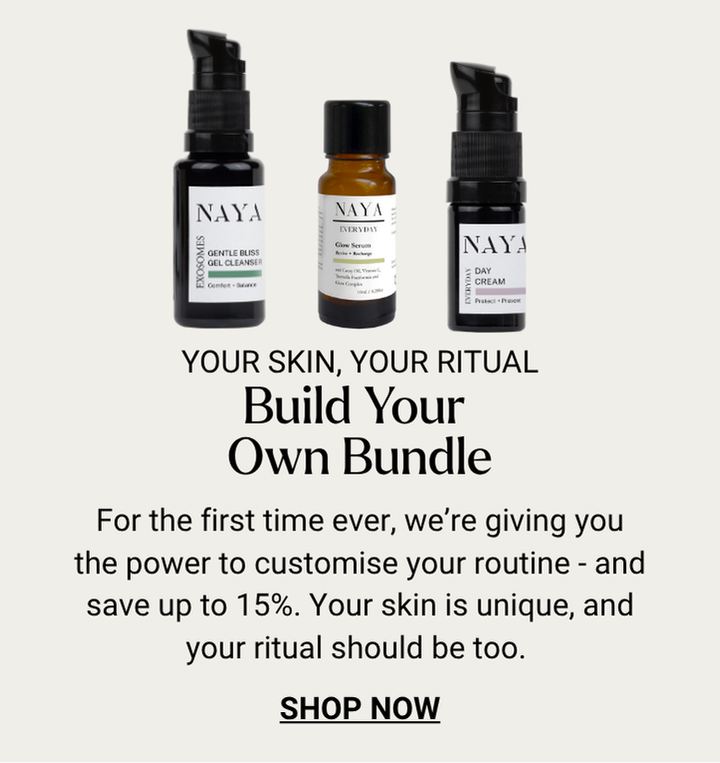


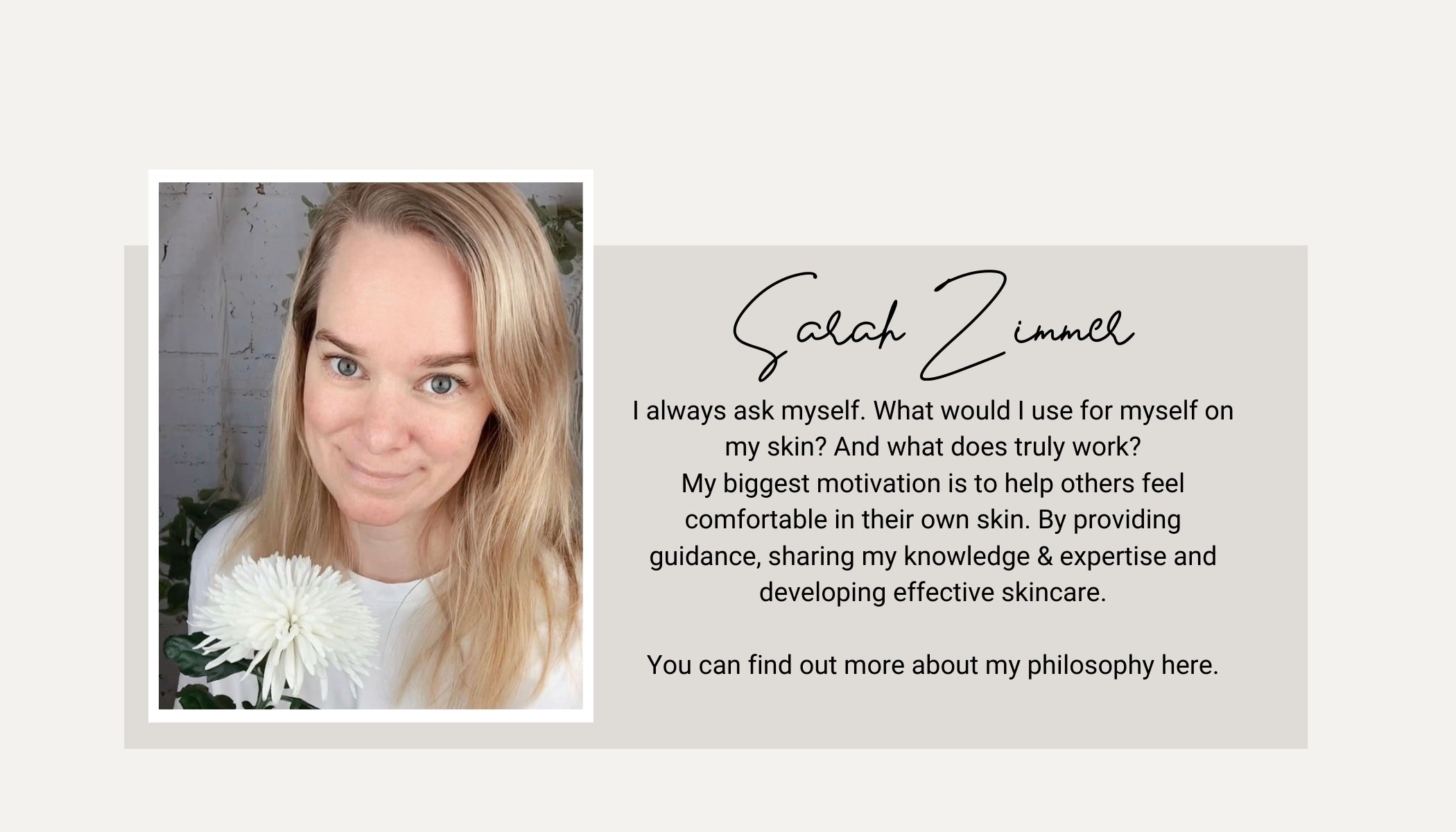



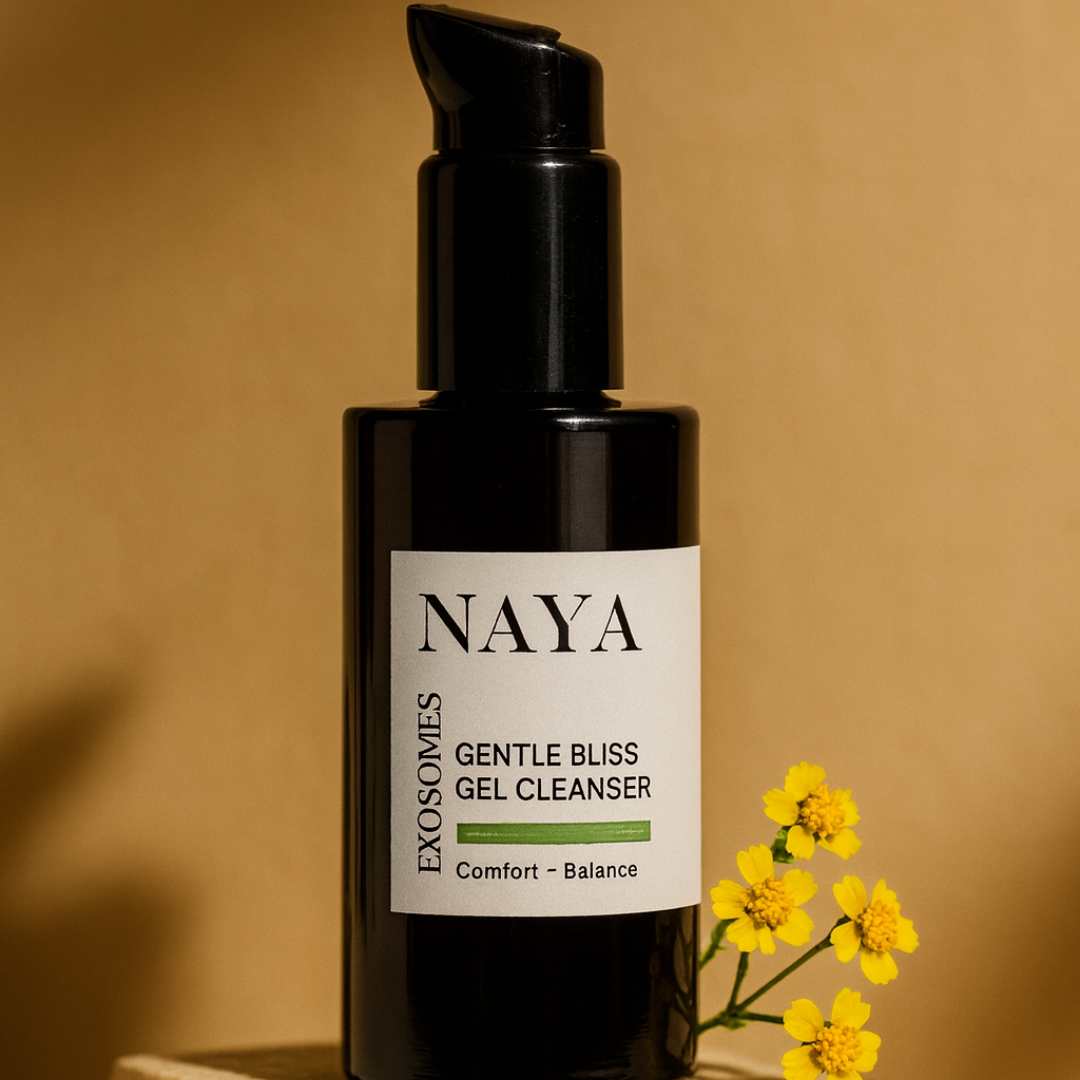
Leave a comment